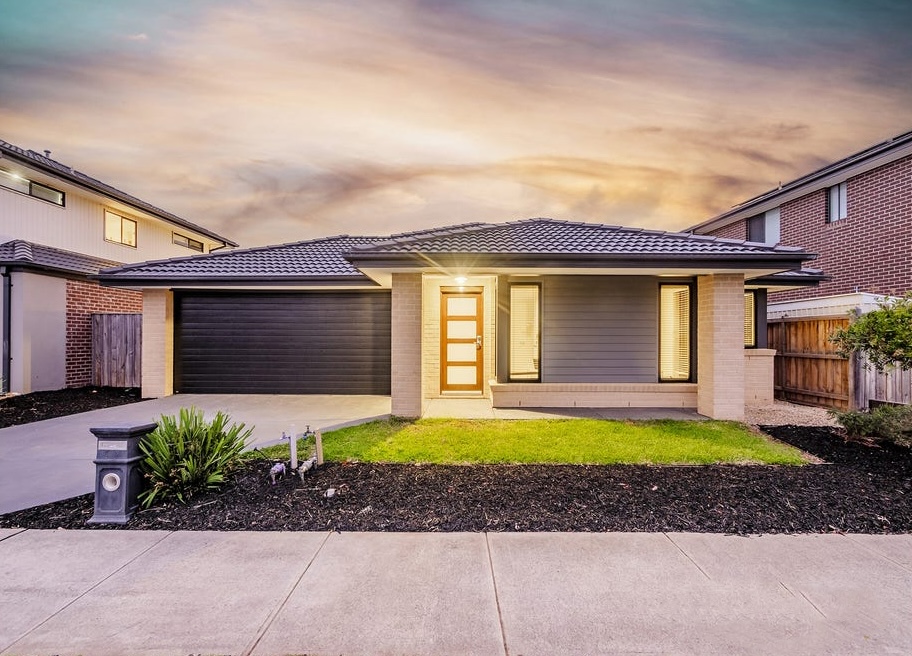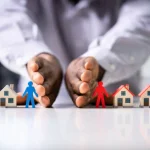For individuals with disabilities, finding a comfortable and enabling environment is central to living a fulfilling life. Supported Independent Living, or SIL, is an initiative designed to facilitate greater autonomy for those who may require additional support. Through a closer examination, one can appreciate the profound impact that SIL house have on their residents and wider society.
What is a SIL House?
At its core, a SIL house is a residential service that accommodates people with disabilities in a shared living setting. These houses are specially designed to cater to the residents’ varied needs, providing them with the support necessary to manage daily tasks while promoting independence. Residents are encouraged to participate in the management of the household and in making decisions that affect their living circumstances.
Enhancing Autonomy
One of the primary benefits of SIL is the enhancement of autonomy. Residents have the opportunity to exercise choice and control over their lives, something fundamentally intrinsic to human dignity. By making decisions about their activities, meals, and personal care, individuals in a SIL house learn and practice life skills in a supportive environment.
Structured Support Systems
The support provided in SIL houses is carefully structured to meet the unique needs of each individual. This means tailoring assistance to daily tasks such as cooking, cleaning, and managing medications to more complex needs like physical therapy or behavioural support. The result is a balanced life where residents are neither overburdened by tasks that might overwhelm them nor under-stimulated by a lack of challenges and activities.
Community Integration
Community integration is a significant advantage that arises from living in a SIL house. These houses are typically situated within larger community settings, fostering interaction and social integration between residents and their non-disabled peers. This promotes inclusivity and helps to break down societal barriers and misconceptions about disabilities.
Building Life Skills
Life skills development is a vital aspect of SIL. Residents often engage in programs designed to enhance financial literacy, health and wellbeing, communication, and other essential skills. The goal is not merely to survive but to thrive independently and contribute meaningfully to society.
Customised Accommodations
The physical structure of a SIL house is also key. Homes are modified or built with amenities that support mobility and accessibility, ensuring that all residents can navigate their living space safely and independently. This might include ramps, handrails, wide doorways, and adapted bathrooms and kitchens.
Cultivating Relationships
Another pivotal element of SIL houses is the opportunity they present for cultivating relationships. Living in a community setting with peers and support staff, residents develop friendships and support networks that can dramatically improve their quality of life. These connections can be deeply enriching, offering emotional support, companionship, and a sense of belonging.
Empowerment Through Tailored Care
Tailored care is a cornerstone of SIL, designed to empower residents rather than create dependency. Each person’s needs are assessed individually, ensuring that the right level of support is provided to enable independence, whether that be in personal care, medication management, or assistance with community participation.
Accessibility to Resources
Residents of SIL houses also benefit from improved access to resources. This can include transportation services, educational programs, and healthcare services. By having these resources readily available, SIL residents can enjoy a varied and full lifestyle that encompasses learning new skills, attending appointments, and engaging in leisure activities.
Stability and Security
Stability and security are fundamental elements of any living arrangement. For residents of SIL houses, the assurance that comes with a stable environment is invaluable. Knowing they have a safe, secure place to live, with support structures in place, can reduce anxiety and enable them to focus on their personal development and goals.
Contribution to Personal Growth
Personal growth is an ongoing process that is nurtured within SIL houses. The combination of a supportive environment that challenges residents, together with opportunities for self-determination and skill-building, contributes to a strong sense of self and personal achievement.
Positive Outcomes and Success Stories
There are countless success stories that speak to the transformative nature of SIL houses. Residents often report improved confidence, increased skills, and a deeper connection to their community after moving into SIL. These positive outcomes are a testament to the efficacy of the supported living model.
Conclusion
In conclusion, SIL houses offer a progressive and compassionate approach to disability support. They create an environment where individuals with disabilities can experience the dignity of living on their terms with the tailored support they need. The benefits of such an arrangement – from autonomy and skill development to community integration and personal growth – are invaluable. By embracing SIL, we are not merely supporting vulnerable members of our society; we are investing in their potential to lead full, independent lives.
Learn More About SIL Houses
For those interested in learning more about the opportunities and support available through SIL houses, visit the website of organisations such as Sunnyfield that provide these crucial services. You will discover an array of resources and information designed to help make informed decisions about this life-improving option.







